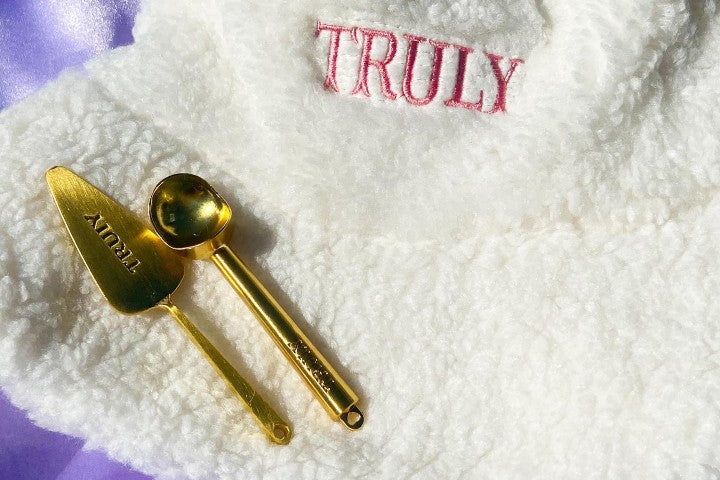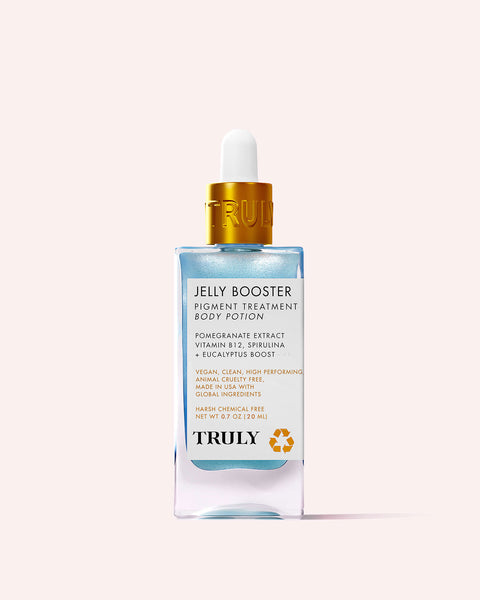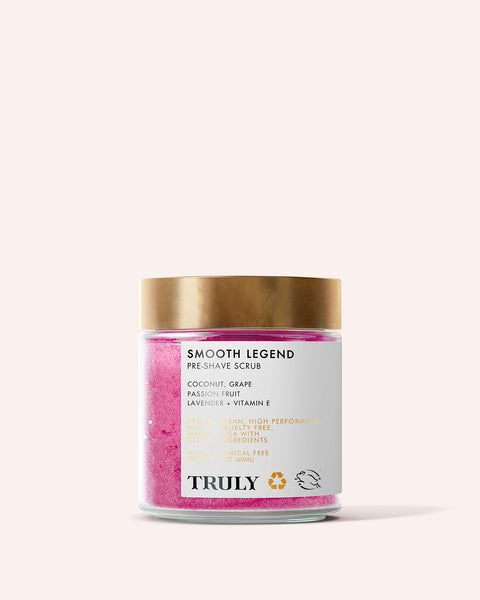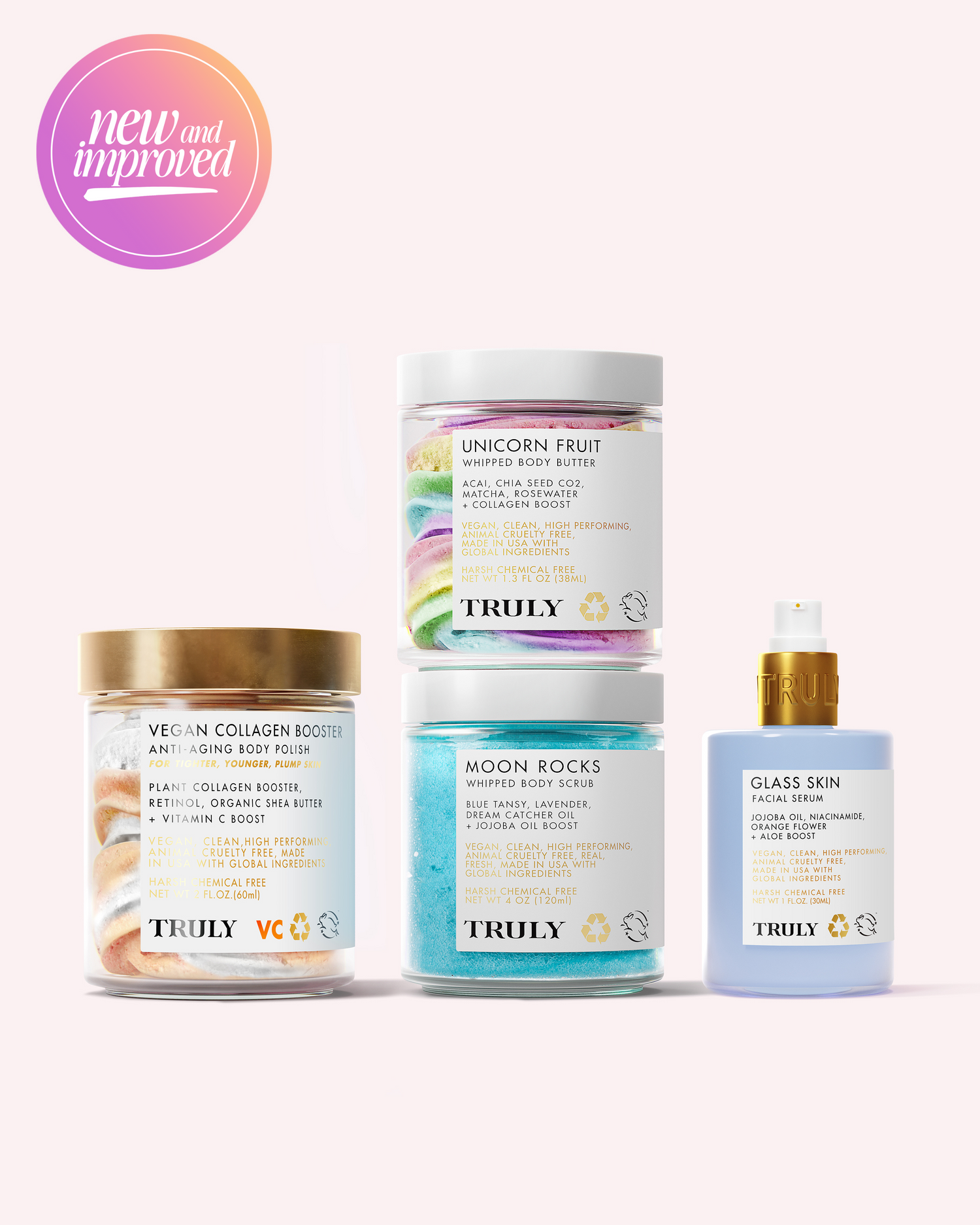The Skincare Secrets for the Smoothest Skincare Application

While things like ingredients and product quality matter, how you apply skincare products plays a big role in how they affect your skin.
Since we’ve already covered how to layer your products correctly, we’re now turning to hacks for boosting skincare application. For instance, did you know that practicing gua sha can maximize your cleansers and serums’ benefits? Or that applying your products with a brush might be better than using your hands?
In this article, we’re going to explore skincare application hacks so that you can get the smoothest complexion ever.
Use a Sponge or Beautyblender
For an even application of creams and serums, try using a Beautyblender to apply them.
“When applying your face oil or cream with a Beautyblender, it not only feels nice, but the blender holds onto a bit of product,” says makeup artist Ashleigh Ciucci. “When you move to your foundation, the product mixes with the skin-care that’s left over to create a more supple finish.”
For a beautiful, natural glow, dip the tip of the blender in a drop of facial oil, like Truly’s Purple Rain Oil. Then dab it to the high points of your face like the cheekbones, bridge of nose, and cupid’s bow. You’ll achieve this really lovely reflective glow.
Practice Gua Sha
According to dermatologist Dr. Sheel Desai Solomon, “Facial Gua Sha is a massage technique designed to relieve tension in the muscles of the face, boost blood circulation, and encourage lymphatic drainage to banish bloat. It helps break up fascia, the connective tissue that hugs muscles but can sometimes interfere with optimal circulation.”
People who practice gua sha report that their skin looks smoother and plumper after just one session. With consistency, it can become a fundamental part of your skin routine.
Studies show that massaging the face as in gua sha prior to applying your daily skincare products can boost the penetration of active ingredients. In other words, making gua sha a part of your daily regimen could make your cleansers, serums, and lotions work harder.
Refrigerate Products Before Using them
Did you know that certain products work better when stored in the fridge?
According to dermatologist Dr. Dennis Gross, moisturizers are ideal for keeping in the refrigerator if you have inflammatory skin conditions like rosacea.
“The chilled moisturizer is like a cold press on the skin, which calms the skin,” he explains. “But check the ingredients before putting moisturizers in the fridge — oil-based products (like coconut oil) could turn solid.”
Truly’s Cream Skin Face Moisturizer would be ideal for storing in chill temperatures.
Gross also notes, “When cold products are applied, your capillaries shrink and stimulate drainage to reduce puffiness.”
Reach for a tub of Truly’s Eye Candy Anti-Puff Eye Cream and be sure to store in the fridge to enhance its efficiency.
Even more interesting, storing your SPF in the fridge can actually prolong its shelf life. And not just SPF. That goes for most beauty products, apart from makeup and fragrances.
Apply with a Brush
If you’ve ever had a professional facial, you may have noticed they apply products like serums and masks with spatulas or brushes – just like the ones you use to apply makeup. But just how effective is it?
“The upside of using brushes to apply skin care is that it’s more in line with a no-touch application, which is really necessary during the pandemic,” says makeup artist Fatima Thomas. So basically, the less you’re touching your products, the less you’re spreading bacteria.
Still, you’ll need to make sure you’re keeping your brushes squeaky clean in order for this method to be beneficial.
“If brushes are cleaned regularly with a true antiseptic, they might be cleaner than hands, especially if you are not starting with freshly washed hands,” says dermatologist Solana Beach, California-based.
It’s also worth investing in a spoon or spatula (Truly’s Gold Ice Cream Scoop or Gold Cake Server) to scoop the product out of a container to prevent the transfer of bacteria.
Exfoliate with a Towel
One of the best ways to boost your skincare products’ penetration is to regularly exfoliate your skin. This helps remove dead cells on the skin’s surface, allowing active ingredients to better seep into the skin.
Instead of using a scrub, try exfoliating with a gentle washcloth or towel like Truly’s Pour le Visage Face Towel.
For best results, start with a wet face. Then go in with your favorite cleanser and, using the face towel, rub it in circles with warm water. Avoid scrubbing your skin as this can cause irritation.
“The general rule of thumb is that exfoliation should be reserved for two or three times a week, maximum,” says esthetician Simedar Jackson. “This includes any type of exfoliation — chemical or physical.”
Then follow up with a serum and moisturizer to boost their effectiveness.
Mix Oils with Creams
Because oil on its own cannot penetrate the surface of your skin, be sure to start mixing your facial oil with a cream.
“Think about a salad dressing-oil and water sit on top of each other,” says licensed medical aesthetician Anne Yeaton. “That’s the same thing that will happen on your skin, so there needs to be an agent that can penetrate through that barrier.”
If face oils play a role in your skincare routine, make sure you mix the oil with a cream product to hold it and draw it into the skin. It’ll make a big difference to how your products perform.
How you apply your skincare products and what you do prior to applying them can significantly alter their overall effects. By making these simple switches, you’ll be able to fire up your skincare routine and get the most out of your products. Because it would be a shame for that serum that steals a chunk of your monthly salary to not perform at its best, wouldn’t it? With these hacks, you can guarantee you’ll be getting your money’s worth out of that lavish serum.








